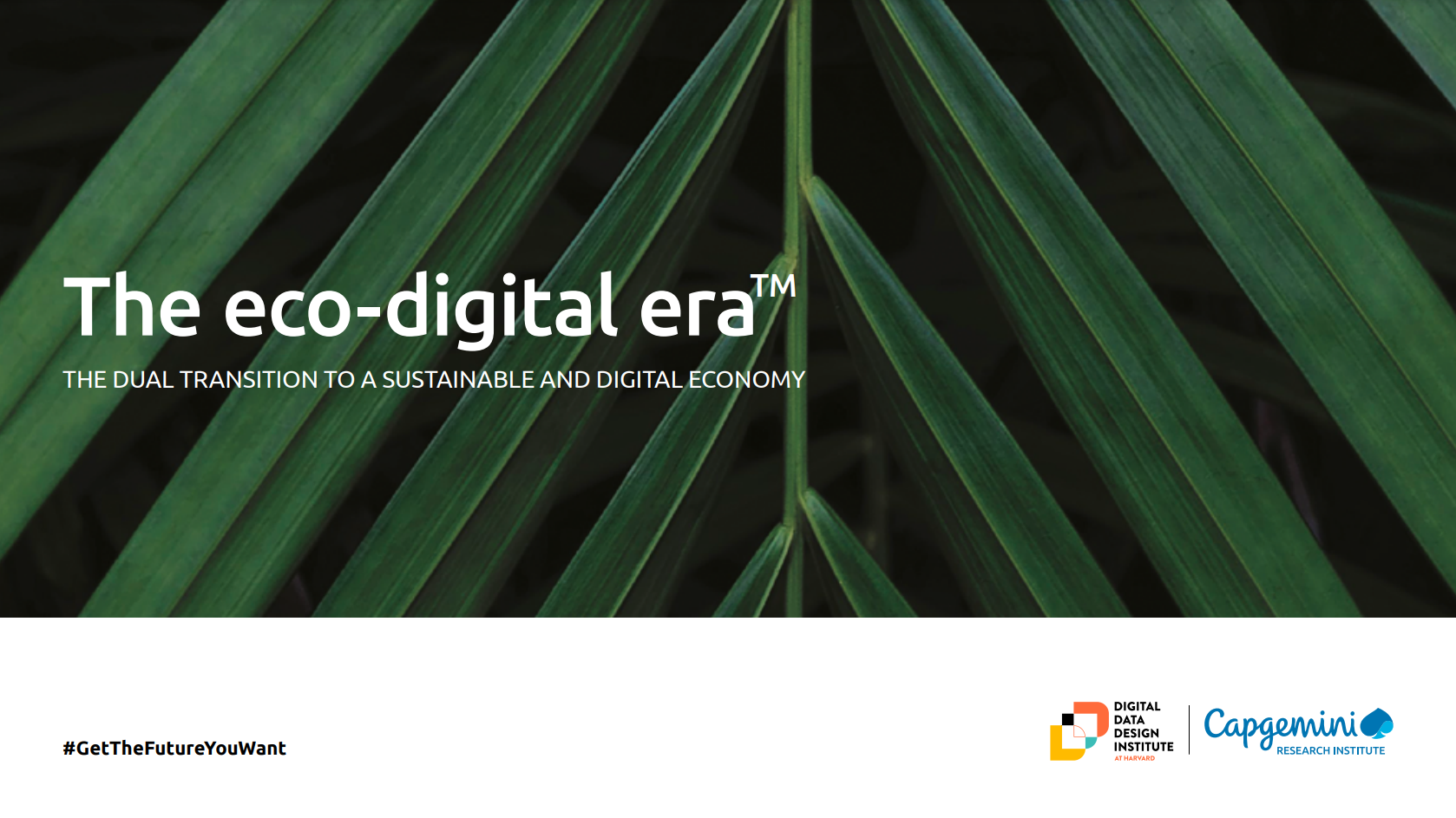A UK Supreme Court ruling has sent shockwaves through the infrastructure world, making downstream emissions, known as Scope 3, legally mandatory in Environmental Impact Assessments (EIAs). For the shipping and ports industry, the implications are immediate and unavoidable. As lawsuits surge, EU regulations tighten and green investors demand full transparency, PortXchange is urging ports to stop delaying and start measuring what matters most.
“Ports don’t operate in a vacuum. They are central to global supply chains and the emissions those chains produce,” said Sjoerd de Jager (pictured, below), Managing Director and Co-Founder of PortXchange. “This ruling confirms what many of us have argued for years, if we want real decarbonisation, Scope 3 can’t be ignored. The industry needs to move from reporting what’s easy to measuring what matters.”
The Supreme Court’s decision in Finch v Surrey County Council Invalidated a fossil fuel permit for failing to assess emissions from the fuel’s end use. That precedent is now fuelling active legal challenges against North Sea oil and gas developments, including Rosebank and Jackdaw, with Greenpeace, Uplift and Friends of the Earth all filing suits. Their position is unequivocal: if emissions are generated, they must be assessed and mitigated. The same principle applies to port expansions and infrastructure development. This legal strategy is gaining momentum, and ports are firmly in scope.
Yet many ports continue to publish ESG reports that overlook the largest source of their emissions: the ships that call, the trucks that queue, and the rail networks on which they depend. This selective reporting is no longer acceptable to courts, regulators, or the public.
Adding urgency, the European Commission is now reviewing key components of its Fit for 55 climate package, with strong indications that ports will be required to track and report vessel emissions at berth as part of the expanded EU ETS (Emission Trading System) and MRV (Monitoring, Reporting, Verification) schemes. For ports that haven’t digitised emissions tracking or haven’t addressed Scope 3 emissions, this won’t just be a legal risk; it will become a commercial one.

“Ports that fail to act now are going to find themselves locked out of the next wave of green growth,” said de Jager. “Scope 3 isn’t just about compliance, it’s about credibility, capital and competitiveness.”
That commercial pressure is already here. Institutional investors and green bond providers are starting to reject infrastructure projects that exclude Scope 3 emissions from their ESG disclosures. To access EU taxonomy-aligned or sustainability-linked finance, ports will be expected to show end-to-end emissions transparency. “Pretending it’s someone else’s footprint won’t fly with lenders anymore,” he added.
Even as this pressure mounts, the UK Government last week announced a £30 million funding package to accelerate maritime decarbonisation, investing in shore power, clean fuels, and digital infrastructure. While PortXchange welcomed the move, de Jager warns that grants and pilots won’t be enough on their own.
“We applaud the investment, but innovation without accountability is a missed opportunity,” he said. “Ports need full visibility into their emissions profile and the ability to act on it. That’s exactly what EmissionInsider delivers.”
PortXchange’s EmissionInsider platform provides real-time, multimodal emissions tracking across ships, trucks, and rail, producing a complete, defensible view of Scope 1, 2, and 3 emissions. With built-in tools for scenario modelling, heatmap detection, and compliance-grade reporting, EmissionInsider is already helping leading ports close the Scope 3 gap before regulators or litigators do it for them.
PortXchange is actively working with ports, terminal operators, and regulators across the UK, Europe and the Americas to overhaul their emissions strategies and align with today’s rapidly changing legal landscape. The company is now offering rapid onboarding and support for port executives preparing for infrastructure permits, investor reporting, or green finance audits. “Ports don’t get to call themselves sustainable while ignoring 80% of their emissions,” said de Jager. “Scope 3 is where the accountability is. It’s where the credibility is. And now it’s where the law is.”












